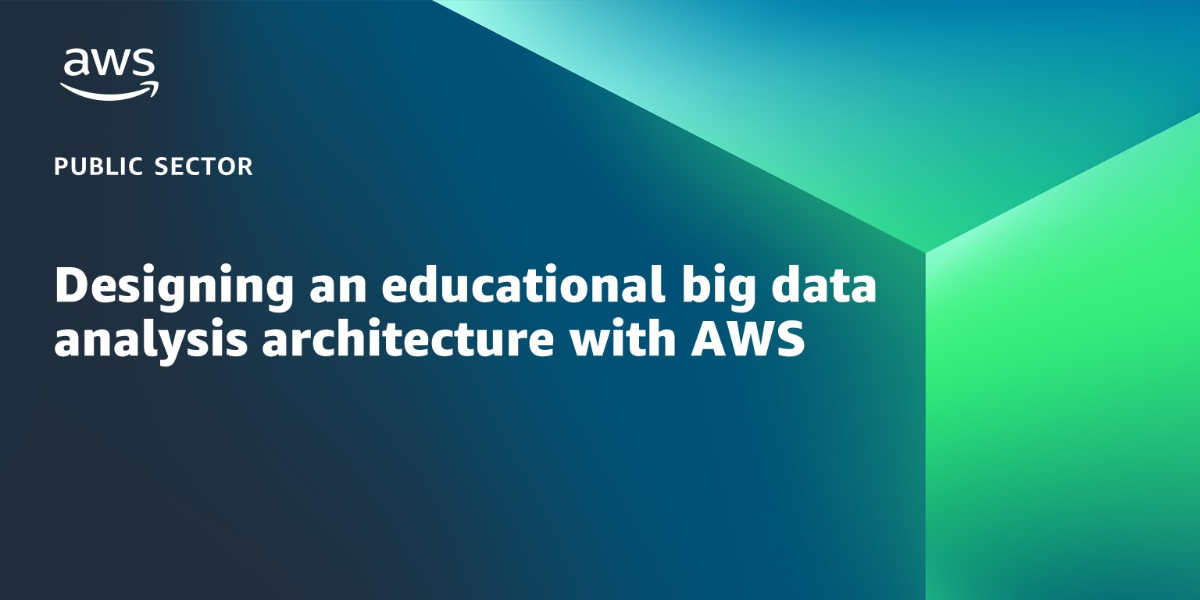AWS Public Sector Blog
Tag: Amazon S3
Extracting, analyzing, and interpreting information from Medicaid forms with AWS
What if paper forms could be processed at the same speed as digital forms? What if their contents could be automatically entered in the same database as the digital forms? Medicaid agencies could analyze data in near real time and drive actionable insights on a single dashboard. By using artificial intelligence (AI) and machine learning (ML) services from AWS, Medicaid agencies can create this streamlined solution. In this walkthrough, learn how to extract, analyze, and interpret relevant information from paper-based Medicaid claims forms.
Orbital Sidekick uses AWS to monitor energy pipelines and reduce risks and emissions
Orbital Sidekick (OSK) uses advanced satellite technology and data analytics to help the energy industry protect pipelines and make them less vulnerable to risks such as leaks, contamination, and damage caused by construction and natural disasters. OSK uses compute and analytics services from AWS to power the scalable OSK data pipeline and imagery storage solution in order to persistently monitor tens of thousands of miles of pipeline energy infrastructure and deliver real-time, actionable insights to customers.
Automatically extracting email attachment data to reduce costs and save time for local public health departments
Local public health departments must notify public health agencies, like state health departments or the Centers for Disease Control and Prevention (CDC), of reportable conditions. These departments receive various types of reports of healthcare conditions through email, in addition to more traditional methods such as mail, fax, or phone calls. Local health departments can dramatically reduce the time and costs associated with manually processing email attachments and improve processing efficiency using automation. In this blog post, learn how to create an automated email attachment ingestion, storage, and processing solution powered by artificial intelligence (AI) and machine learning (ML) services from AWS.
McGraw Hill delivers dynamic learning experiences with SHARPEN, powered by AWS
McGraw Hill, an AWS Partner, is an education technology (EdTech) and publishing company that provides educational content, software, and services for pre-K through postgraduate education. To meet evolving learner needs, McGraw Hill recently launched the SHARPEN app—a mobile study app that mimics the types of social media content feeds familiar to young learners to foster educational success. Developed in collaboration with the AWS Growth Advisory Team, this dynamic learning experience uses AWS.
Civix simplifies online campaign finance reporting with AWS serverless technology
Civix, a government technology (GovTech) company and AWS Partner, uses AWS to provide software and services that support multiple public sector use cases, including election management, grants management, and more. Civix saw an opportunity to streamline how filers and third-party vendors manage and report disclosure data to states. Civix worked with the AWS Service Creation team to design and launch a serverless solution on AWS to support filers and campaign management vendors and to increase finance transparency for the constituents they serve.
Designing an educational big data analysis architecture with AWS
In this blog post, learn a high-level architecture, built on AWS, that uses a graph database to analyze unstructured and structured educational data that can, for example, help inform a recommendation to a student for the appropriate courses to take in their next semester based on multiple personalized data factors.
Calming airport data turbulence with EASE
Airports receive data from dozens of disparate sources, but this data can lack the collective unity needed to see the bigger picture. The Cincinnati Northern Kentucky International Airport (CVG) saw an opportunity to turn down the proverbial volume on their data. Using AWS, CVG created a first-of-its-kind tool using data for predictive analytics and proactive notifications, now known as Enterprise Awareness & Situational Exceptions (EASE).
Singapore’s OneNUHS App uses AWS to help patients take ownership of their health
Singapore’s National University Health System (NUHS) collaborated with Integrated Health Information Systems (IHiS), Singapore’s technology agency for the public sector, to develop the OneNUHS App. The mobile healthcare application extends healthcare services beyond the hospital, providing telehealth services like video consultations with doctors and more. To accelerate time-to-launch, save costs, and support reliable access for Singaporeans, the OneNUHS app uses AWS.
Addressing federal record retention in mobile device messaging
Virtually all federal, state, and local government agencies are subject to various data retention and records management policies, regulations, and laws. AWS Wickr provides federal agencies with an innovative solution that can help them build public trust by protecting sensitive communications, while supporting the capture and management of records.
What US federal customers need to know about memorandum M-21-31
The US Office of Management and Budget published M-21-31, a memorandum for federal government agencies to define event logging requirements related to cybersecurity incidents. These guidelines aim to support the detection, investigation, and remediation of cyber incidents on federal information systems. The memorandum defines various event logging (EL) tiers and the log data that must be captured for various log categories. Learn the services from AWS that have been called out explicitly in the memorandum for logging and retention requirements at the EL1 level, and the resources you can use to set up these services to capture the required log data.









